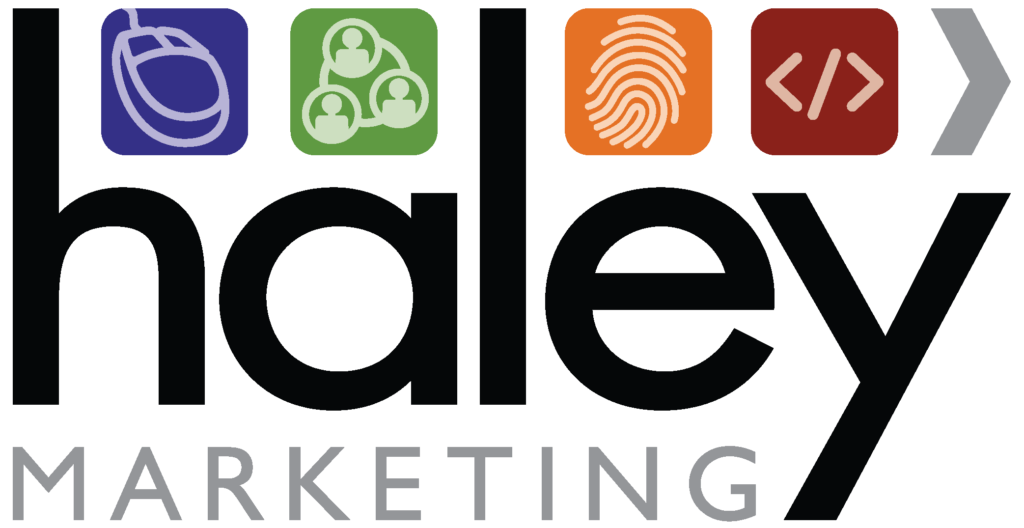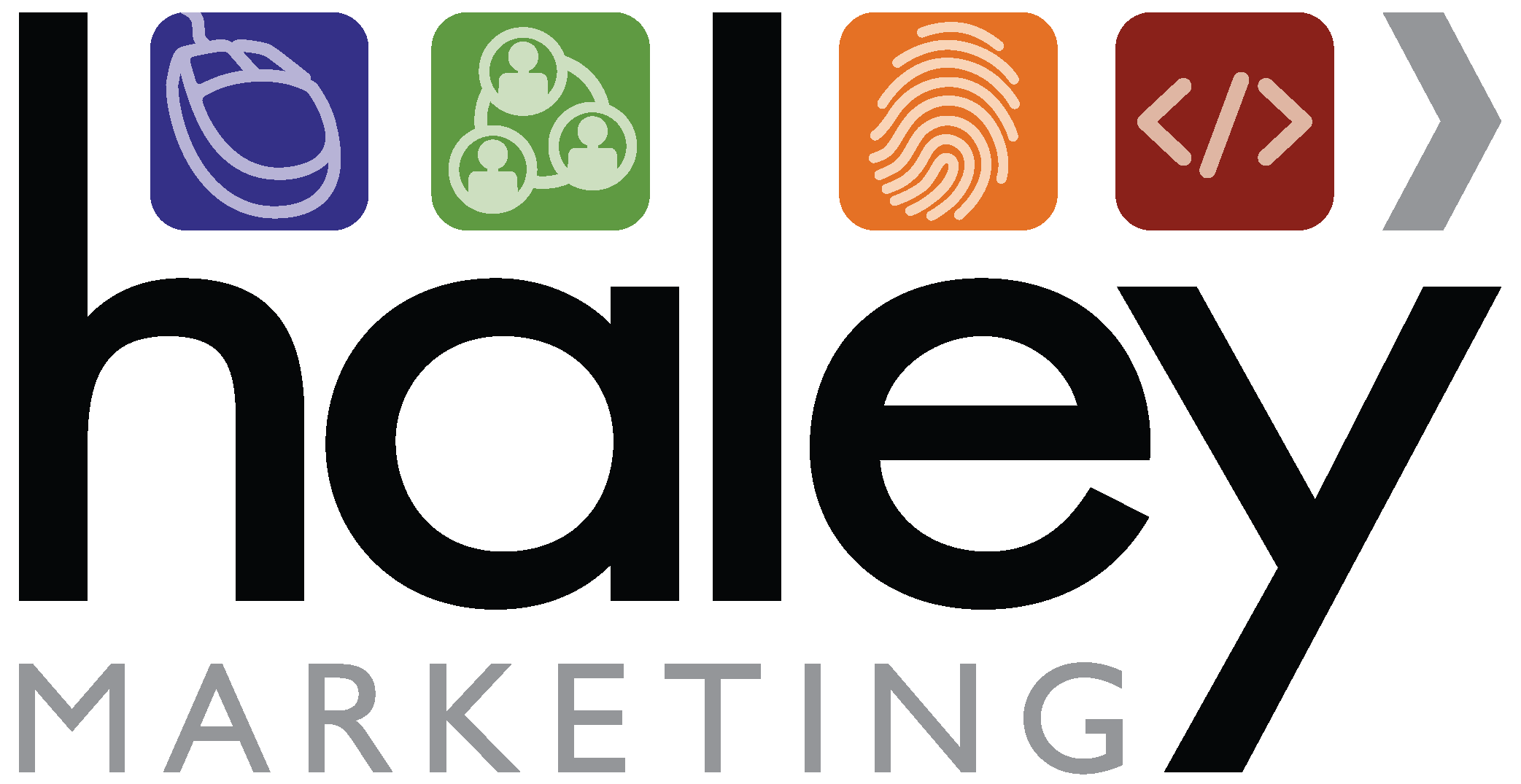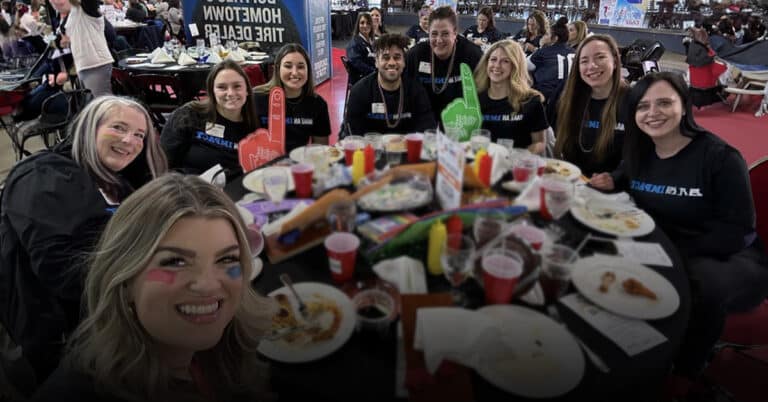Adapted from [InSights] Digital Trends for 2022 and Tips on Effectively Working Remote.
2020 and 2021 forced a massive shift in how we live our lives. Masses of people suddenly forced home indefinitely. Companies scrambling to develop work from home (WFH) capabilities and support for their staff during unprecedented times. A time marked by a resurgence of desktop slowly skewing back to mobile as we peaked our heads back out into the world into our new reality. What impact did these times have our user experience? On how we interact with both one another and technology?
COVID forever changed our world. More and more people forced home in 2020 sparked a resurgence of desktop. In 2021, as we slowly ventured out of our homes and back into the world, we’re skewing back to mobile-first. At the time of our podcast recording, our Job Board traffic the previous 30-days was 61% mobile. On Black Friday 2021, 44.4% of online sales were mobile (10.6% higher year-over-year.) Overall, COVID completely changed the way we interact. While digital and online were already on the rise, 2021 witnessed 8.9 billion online sales on Black Friday. And while in-store traffic was up from 2020 it was still well below pre pandemic levels. (Black Friday Source.)
But what does this mean for candidate and user experience?
As digital becomes even more important (accelerated by COVID) your website becomes even more important along with it. In the past, websites were a piece of the marketing puzzle. A support to your main sales and recruiters. But now, your website needs to standalone. It needs to be your marketing hub and the first impression, sharing your story with clients and candidates. It should be the central source of information and number one salesperson and recruiter for your business.
2020 to 2021 experienced quick shifts in user behavior, from mobile to desktop and back to mobile. How do we account and adjust on the fly for those rapid changes in behavior?
Start first by considering desktop and mobile separately. Browsing on your laptop or home desktop is different than scrolling on your phone. It’s also shown that people don’t spend as much time on websites on mobile as desktop, spending an average of 624 seconds on mobile versus 1006 seconds on desktop. (Source.) This means our mobile sites need to more effective and more efficient.
How do we do this?
- Shorter Job Applications on mobile. Remove friction and barriers to apply. Rather than collecting all the information up front collect ONLY the most necessary information and follow-up to collect more information (and you can automate the follow-up!) And if that’s not enough, if your application is too long, candidates might bounce and head to a competitor instead.
- Remove pop-ups and fly-ins on mobile. Pop-ups and fly-ins work for marketing. But only on desktop. On mobile, pop-ups are intrusive and poor user experience. They could result in user frustration and increased bounce rates. Keep them to desktop, hide them on mobile. If you still must use pop-ups on mobile, try exit pop-ups or pop-ups the candidate can trigger themselves with a button or form.
- Instead of pop-ups try in-line CTAs. Ever read a New York Times article or scroll through Instagram and see ads flush with the content? A paragraph then an advertisement then the rest of the article? A post, then an ad, then more posts? Give it a try on your website. Create mini “ads” integrated into your content to drive people to take action.
- Hide unnecessary content. Or rearrange content to put the most important information first. Amazon is an excellent case study in desktop versus mobile. If you open the Amazon mobile app, right after the title and image of the item there are two large, bright buttons to drive a purchase. They push the rest of the information below those two buttons. They want you to purchase… staffing companies want applications and job orders.The buy now button even allows users to reduce steps and buy with one-click. One-click and your order will arrive tomorrow. Simple. Try that with your website. One-click applies to jobs. Quick apply buttons. Capture applications and follow-up on the rest.
What else can we do?
Take it one step further and venture outside of digital. Easy of apply is essential on desktop and mobile but personalization and that extra touch help solidify the experience. It’s not just about the application and the job, but the entire experience from the first time someone visits your website to their first job to the end of their tenure.
- Send a follow-up direct marketing piece with a QR code to fill out a survey about their experience.
- Create an awareness piece and drop it into your local market and drive recipients back to your website. Amazon sends postcards out for seasonal work, give it a try in 2022.
- On the client side, someone needs to get the mail. Direct mail piece is a great way to standout and capture attention. You might not be able to track the results, but you’ll be able to create awareness and drive recipients to a landing page to capture leads (in exchange for a great ebook or resource that will be valuable to your clients.)
Looking to improve your candidate or client experience in 2022? Contact our team today!













